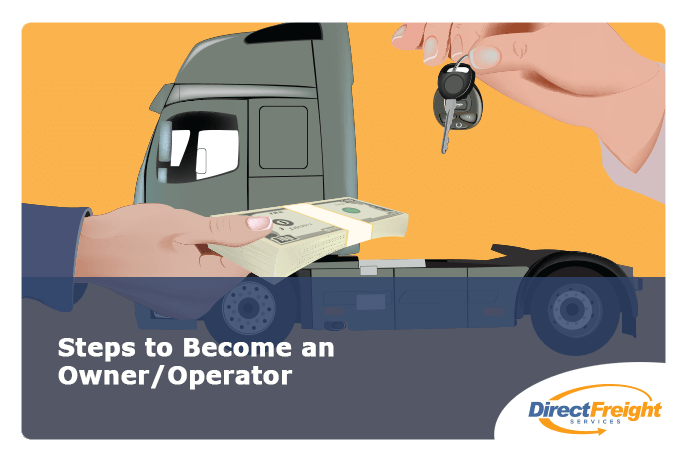A new proposal was announced in January 2021 suggesting a new vision standard for CDL (Commercial Drivers’ License) qualification. The alternative vision standard would make it easier for those with vision deficiencies to both retest for their CDL and receive a new CDL without seeking an exemption.
With the current vision standards set by the Federal Motor Carrier Safety Administration (FMCSA), those who do not meet the vision requirements to physically qualify for their CDL are sent through an exemption process that often takes months. The process, along with taking a good deal of time, also requires a substantial amount of paperwork. With the newly proposed standards, the time and paperwork required to qualify for the exemption will be a thing of the past. As a result, the barriers of entry in the trucking industry will be greatly reduced.
Currently, there are 2,566 truck drivers who hold an exemption for vision reasons with the FMCSA. Along with eliminating the exemption requirement for new CDL applicants, this new proposal will cover current truck drivers. So, those 2,566 drivers currently holding exemptions will no longer have to re-test and maintain their exemption status. Additionally, current drivers who may experience changes in vision will not have to seek exemption should their eyesight fall below the standard. This helps prevent interruptions in employment, as veteran drivers who test below the standard would be required to obtain their exemption status before returning to work.
This new vision standard is making big waves in the trucking industry for its obvious benefits:
- Increases the pool of qualified applicants in this high-demand industry
- Reduces hours of time previously qualified drivers spend unable to work
- Alleviates pressure and overtime hours that overworked drivers currently face as a new pool of potential drivers becomes available
These benefits don’t come without their downsides and doubts though. Those who oppose or are cautious about the new FMCSA proposal cite safety as their main concern. Do we want to lower vision standards that may possibly put both truck drivers and civilians at great personal risk? Are the current overtime conditions more or less hazardous to the driver’s health? With studies that support the fact that overextension, lack of sleep, and repetitive visual habits can all contribute to vision loss or deficiency, an assumption can be made that vision loss and industry conditions are related?
The FMCSA is hearing questions like these and more from their announcement date in January through March 15th.
To view the proposal yourself, visit the following link:
https://www.federalregister.gov/documents/2021/01/12/2020-28848/qualifications-of-drivers-vision-standard
If you have thoughts about this and want to submit comments on the proposal, which is identified by docket number FMCSA-2019-0049, you can submit your thoughts through the following methods:
Federal eRulemaking Portal: www.regulations.gov
Fax: (202) 493-2251
Mail: Docket Operations, U.S. Department Transportation, West Building Ground Floor, Room W12-140, 1200 New Jersey Avenue SE, Washington, DC 20590-0001
Hand Delivery: Docket Operations, U.S> Department of Transportation, West Building Ground Floor, Room W12-140, 1200 New Jersey Avenue SE, Washington, DC 20590-0001, between 9 a.m. and 5p.m Monday through Friday except Federal holidays.










